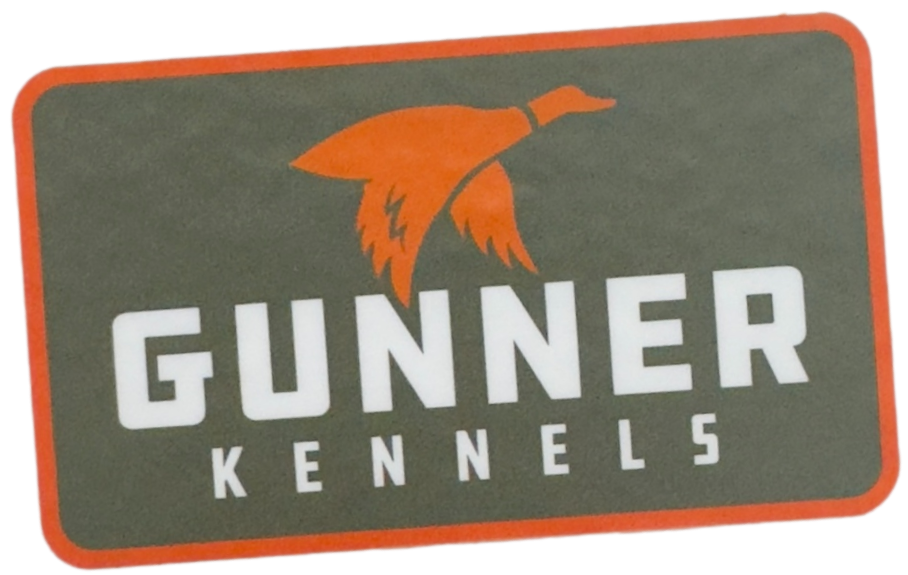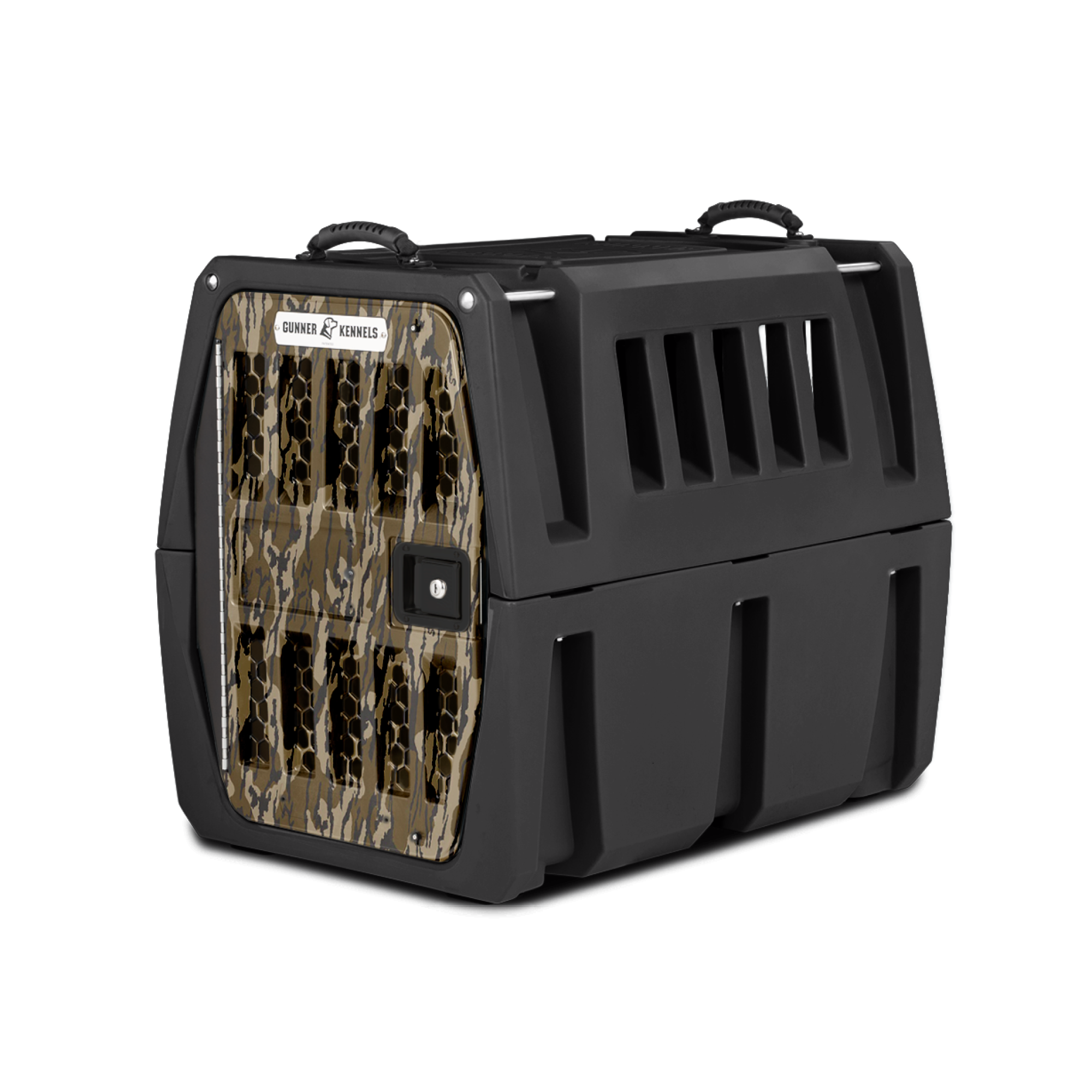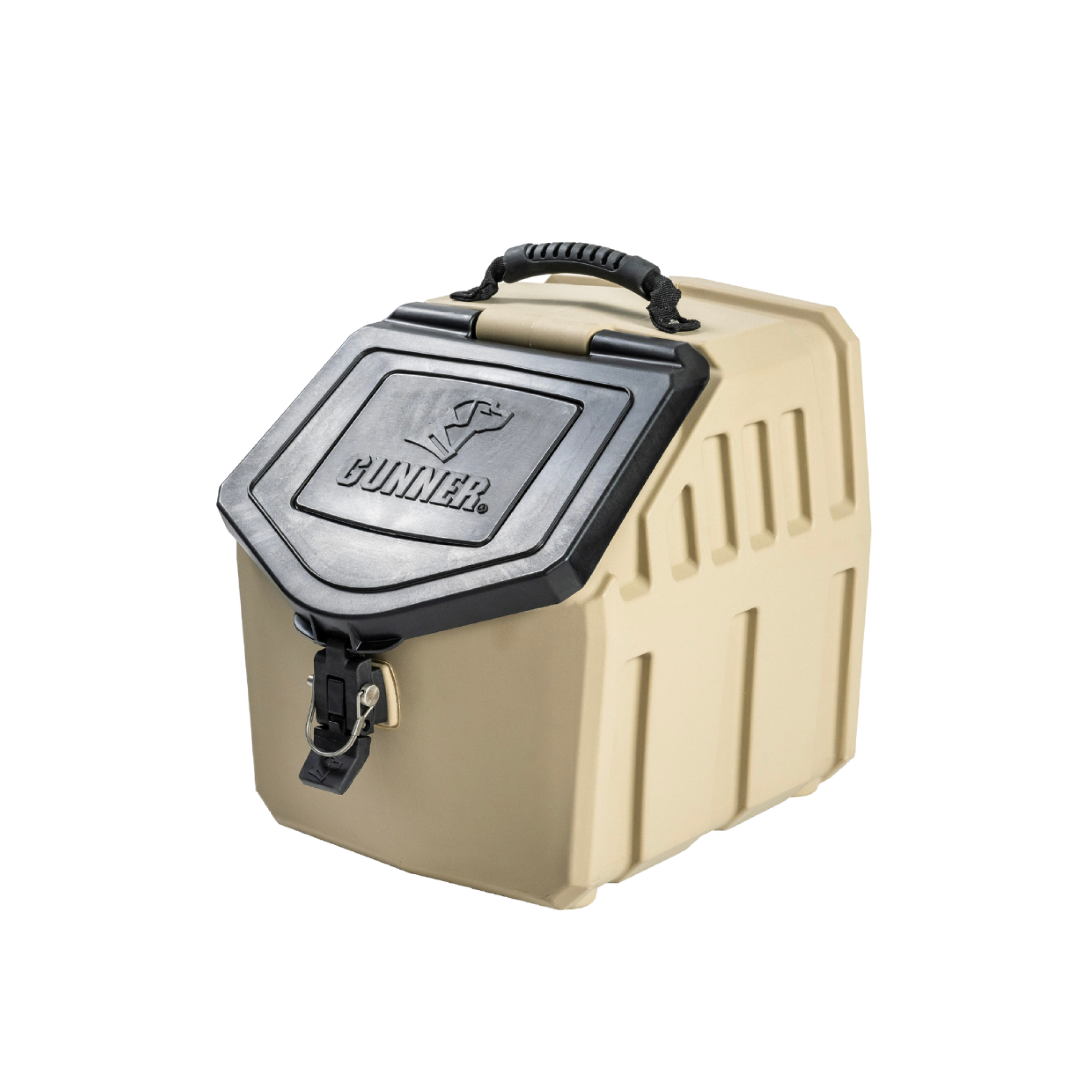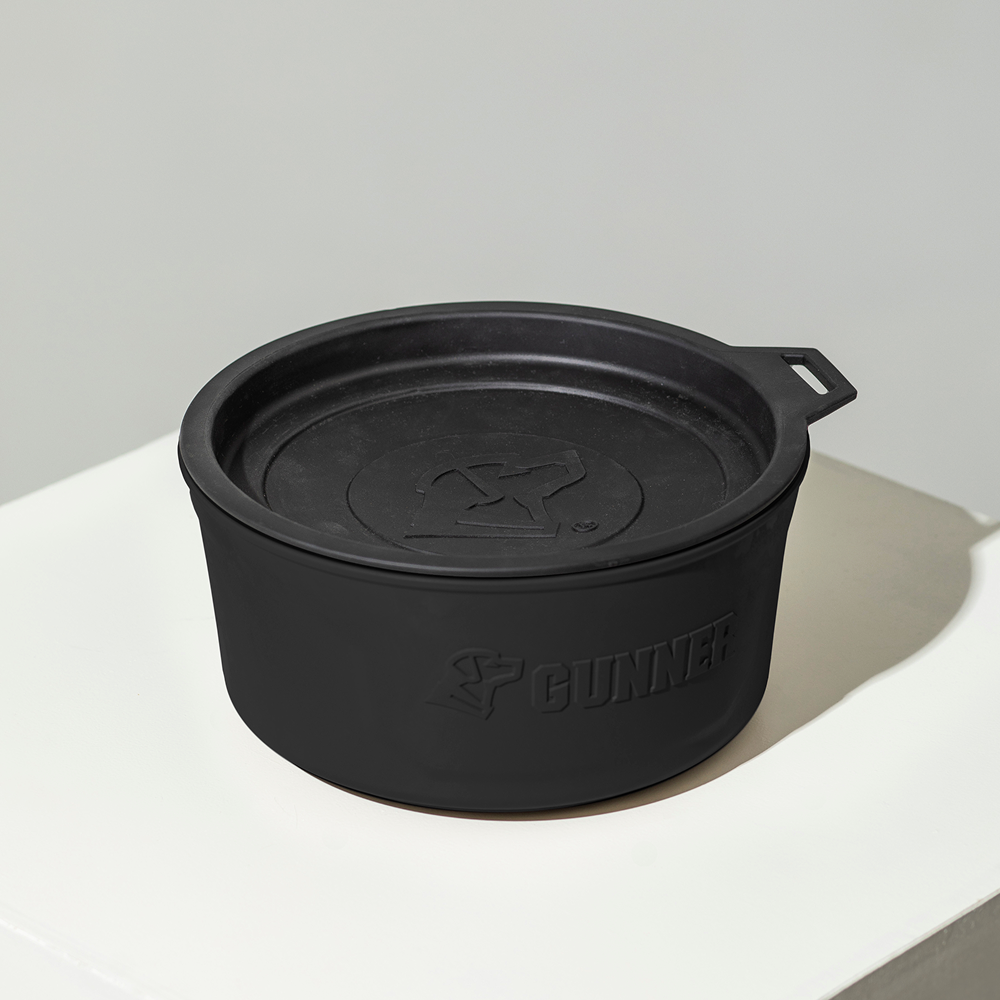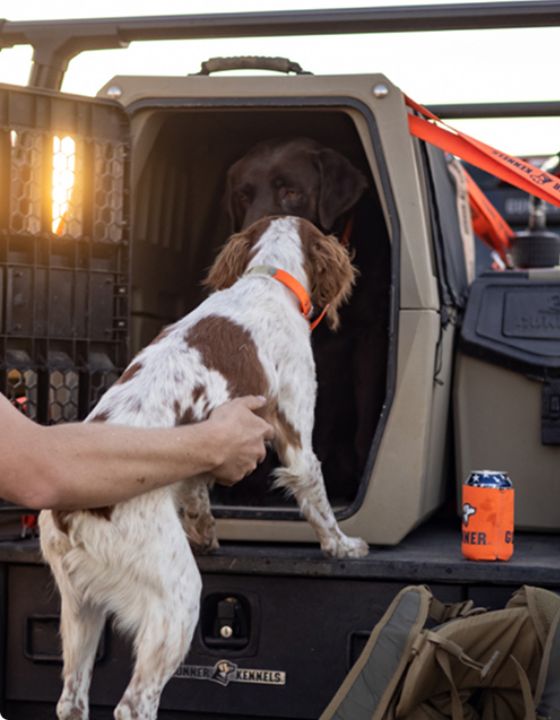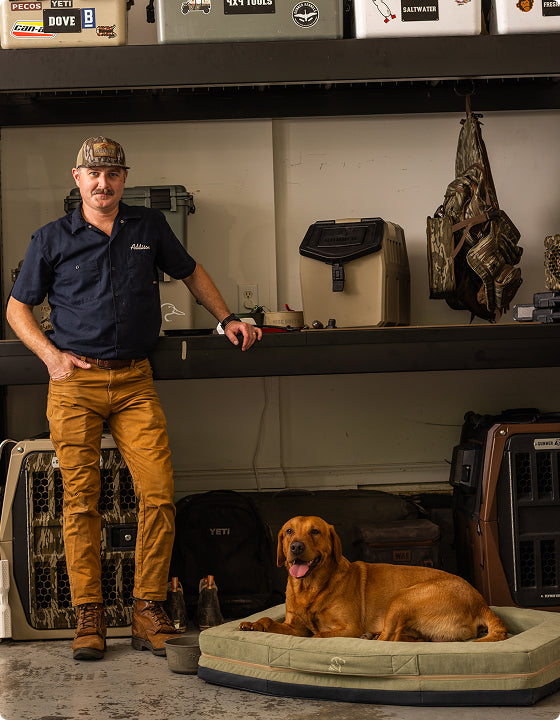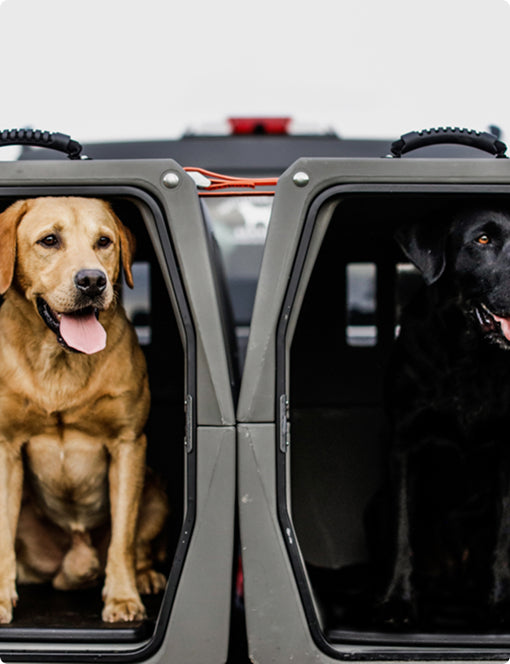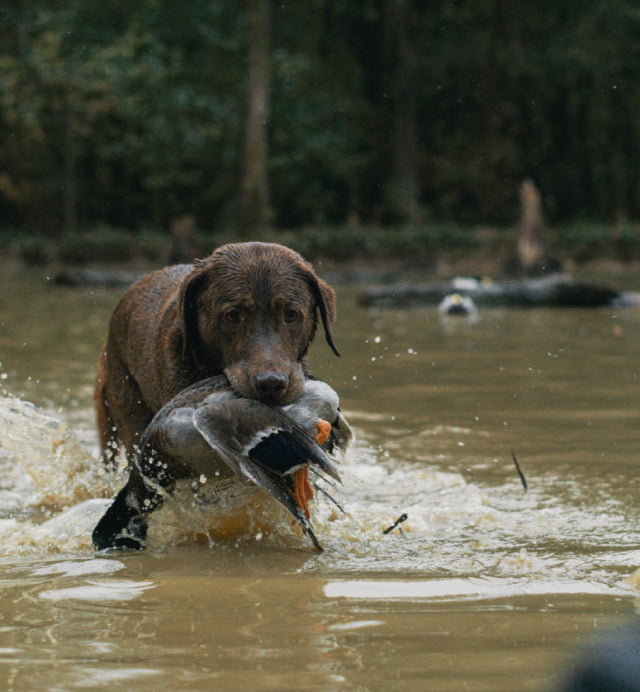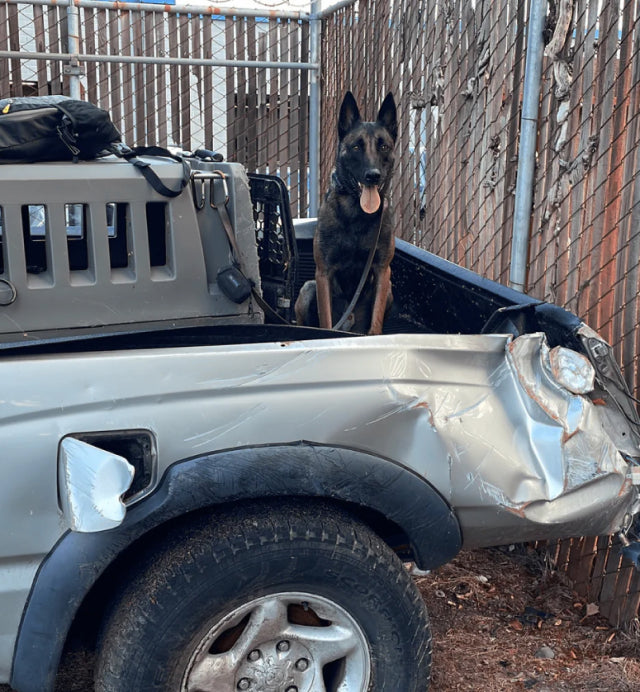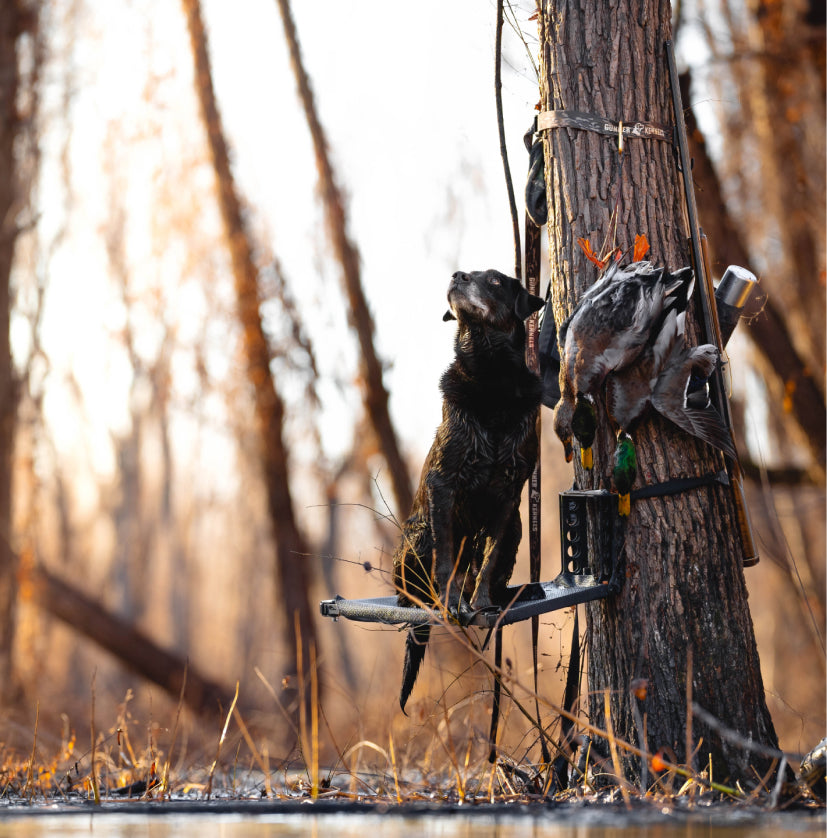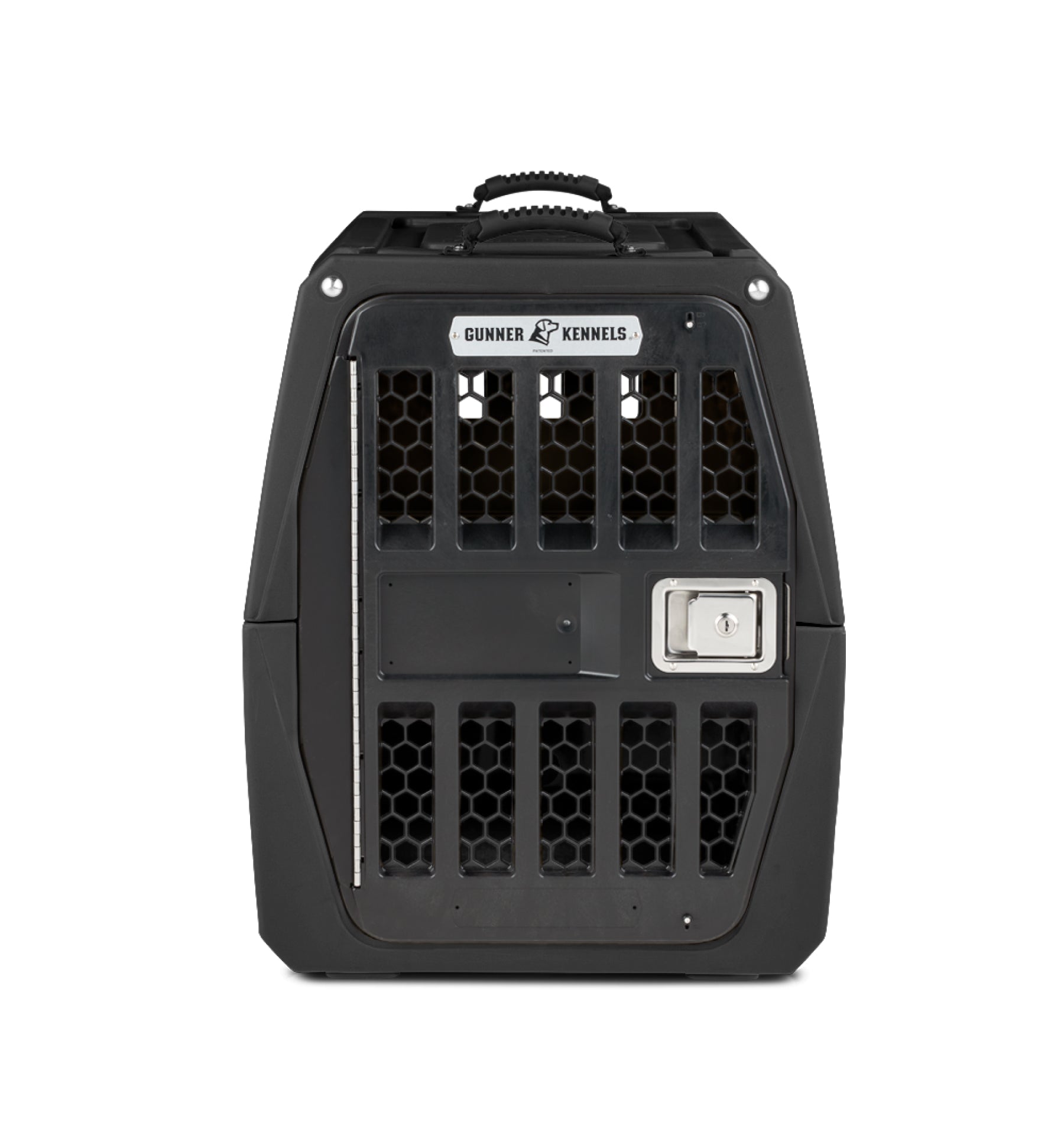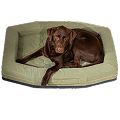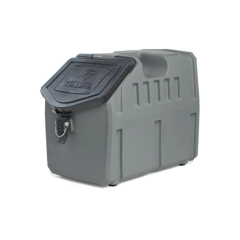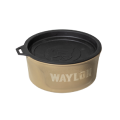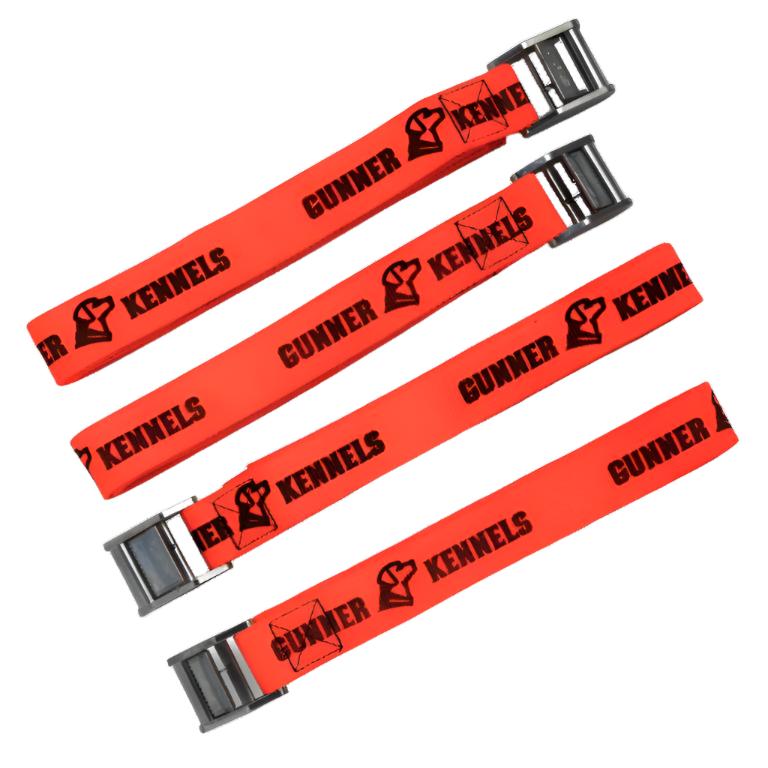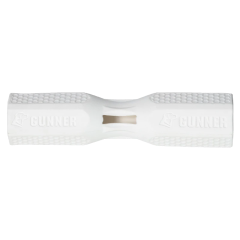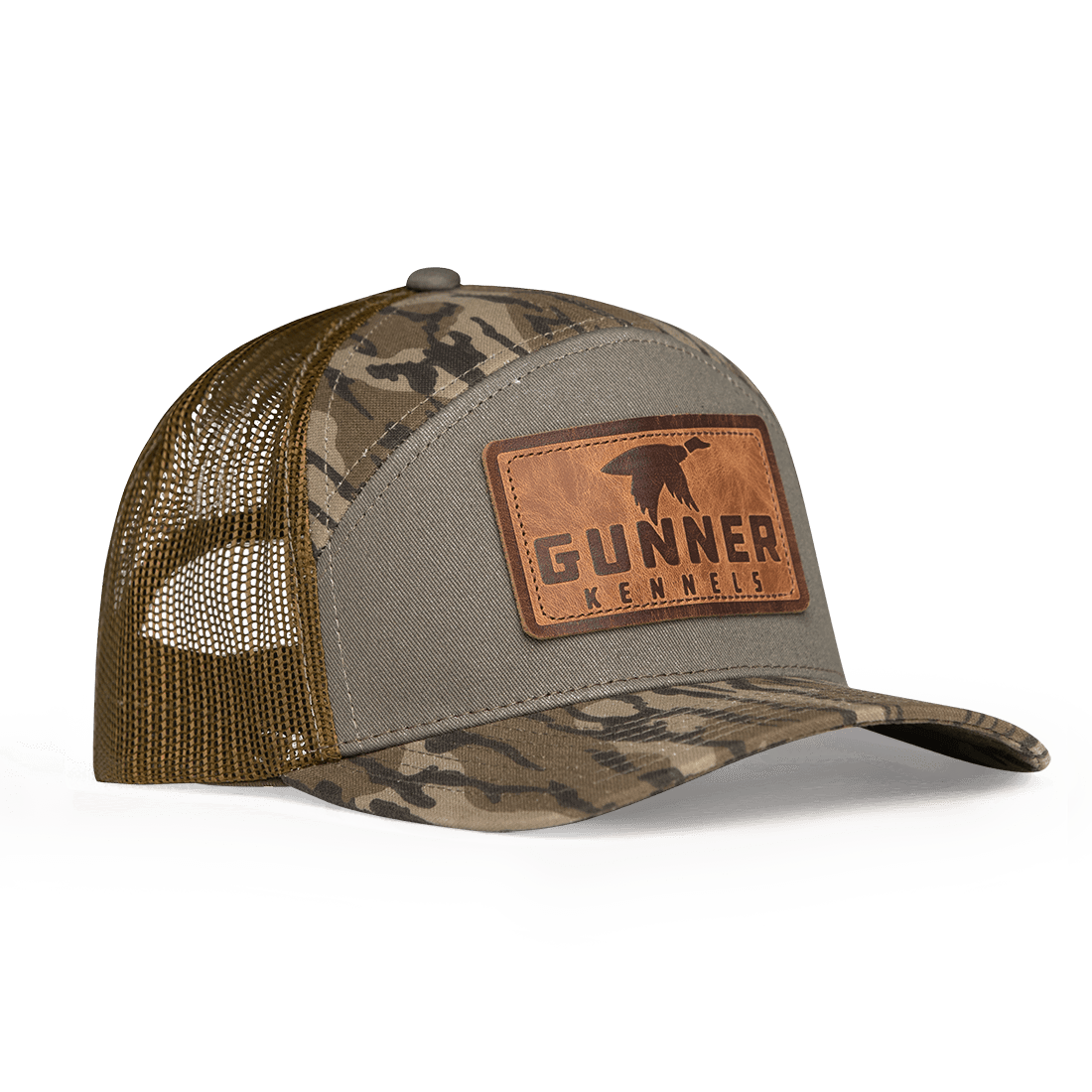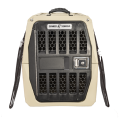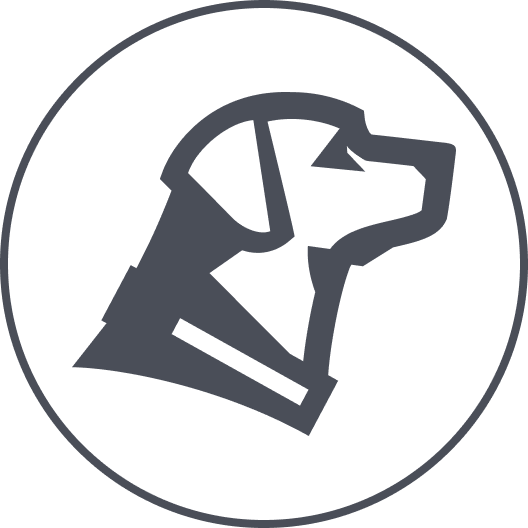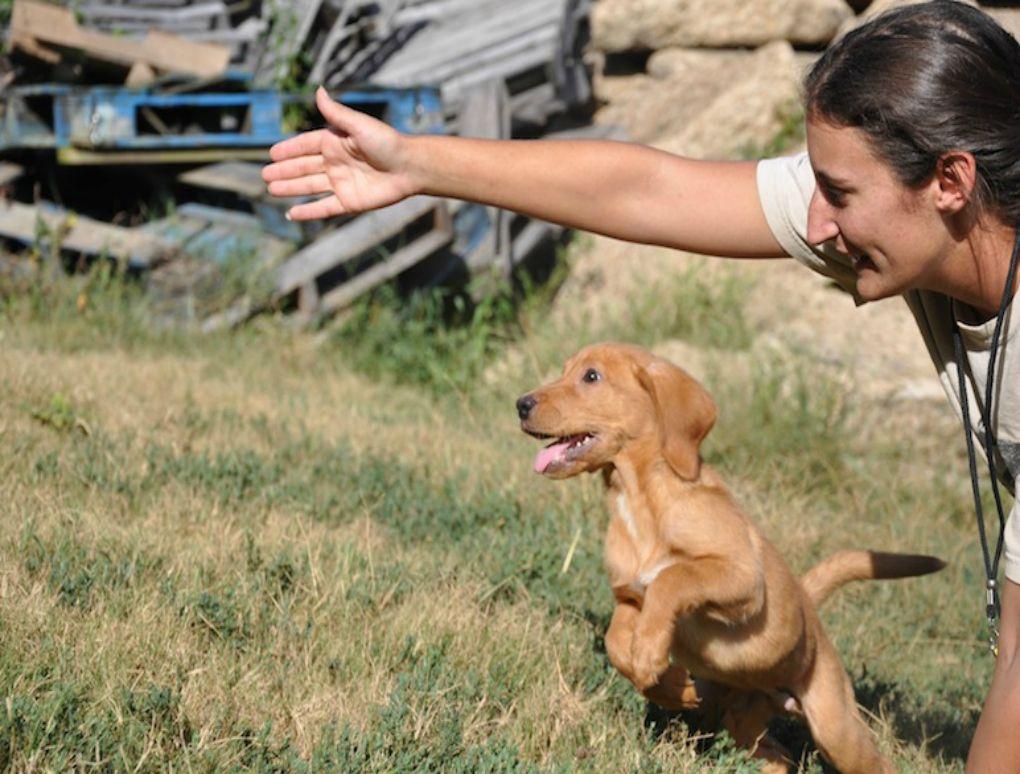So you’ve invested in a puppy. Now what? We asked legendary trainer Robert Milner of Duckhill Kennels to school us on the most basic of puppy rearing principles: how to house train.
House training a dog is essentially a matter of schedule management. The principles of evolution say that puppies have a natural proclivity to eliminate outside the den, as the behavior carries with it a survival value: if they did not, the probability of disease would be high.
All the human needs to do is this: make it easy for the dog to exercise that behavior. Below is how to accomplish this task.
Get the dog a crate to be his “den.”
The crate should be of a size that he can comfortably turn around and lie down. It should not be much larger. If the crate is too large, put in some cardboard boxes to take up the extra space. Keep pup in the crate when he is unsupervised. The basic principle is to adjust his environment so that he only eliminates when he is outside. This trains the behavior of eliminating outdoors. The act of eliminating is a reward in itself. If you take him to a particular area in the yard every time and give him a treat, he will form a preference for eliminating in that place. Whenever you want to let him out of the crate for indoor activity, always take him from the crate directly outdoors and let him eliminate, before turning him loose in the house.
Established a fixed schedule.
Feed the dog the same time or times each day. Let him outside on a fixed schedule. The only way a dog can predict what time to expect dinner is by what the schedule was yesterday and the day before, and the day before. The same principle applies to going outside.
An adult dog’s digestive time for canned dog food averages about 4-to-6 hours to move through his system. With dry food, it may take as long as 8-to-10 hours. A puppy’s cycle time will be much faster. Stress and many other factors will also alter cycle time. In other words it is quite difficult to pin down. It is best to err to the conservative side. My rule of thumb is two hours for young puppies; four hours for adults.
Limit the intake.
If you cut back 50% on the dog’s food for the first three days of housebreaking, you make it easy for him to “hold it”, and thus easier for him to adjust his schedule to your fixed and thus predictable schedule.
The best regimen for night confinement for puppies is:
– Give an evening meal at 4 p.m.
– No water after 6:00 p.m.
– Take outside at 11:00 p.m.
– Put in crate at 11:15 p.m.
– Take outside at 5:00 a.m.
Most puppies over 10 weeks of age can adapt readily to this schedule if the schedule is regular, and the puppy is on a sparse serving size of food.
Three major contributors to difficulty with housebreaking are:
– Irregular schedule imposed by the human
– Overfeeding
– Unsupervised puppy activities in the house
It’s that easy. If you follow the above principles, you should be able to housetrain a puppy or dog in three-to-five days.
Want more advice? Go to www.duckhillkennels.com – or check back for more contributions by Robert Milner here!
About Robert Milner
In 1996 Robert Milner sold Wildrose Kennels, a retriever training kennel which he had owned and operated since 1972. That same year he retired from the USAF Reserve after 26 years of service as a disaster response officer. Those two paths would cross again in 2002. Shortly after the tragedy of 9/11 Milner got a call from the Memphis Fire Department requesting his assistance with their FEMA disaster search dog program. He took the job and went to work rebuilding their disaster search dog program. Slow progress of the transformation led him to reexamine the traditional dog training model of compulsion. He adopted B.F. Skinner’s positive training model and was able to speed up the training program by 300%. Subsequently he adapted that training model to gundog training and discovered positive training to be much faster, easier to learn and decidedly more fun for both dog and trainer.
Milner has trained over 2,000 dogs with compulsion and since 2002 has trained over 500 with positive training. He has written 4 dog training books; the most recent being Absolutely Positively Gundog Training. He owns and operates Duckhill Kennels at Somerville, TN, breeding and training Labrador Retrievers for gundogs and also for disaster search and for explosive detection. His website is www.duckhillkennels.com.
